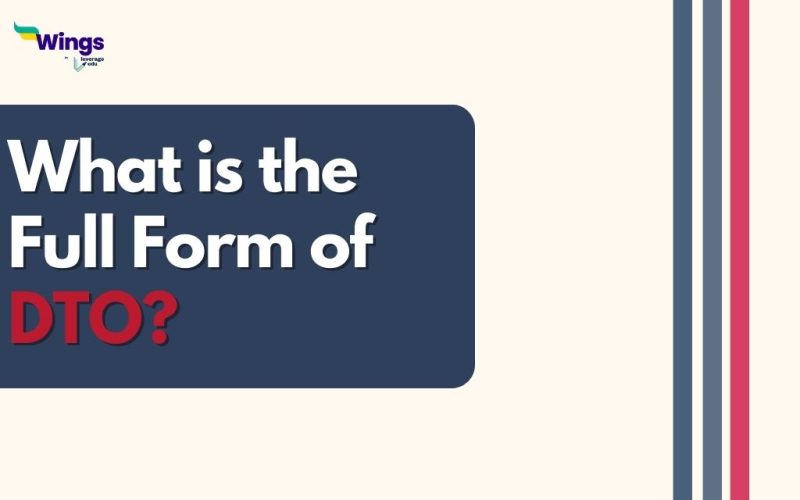The full form of DTO is Data Transfer Object. A data transfer object (DTO) is an object that transports data from one process to another. This technique can be used to ease communication between two systems (such as an API and your server) without disclosing sensitive information.
DTOs are used in object-oriented programming (OOP) languages such as Python, C++, and Java. DTOs are simple to create and maintain. The OOP environment is based on a system of “calls.” Each one is similar to a data lookup in that it requires both time and processing performance. Calls can also expose sensitive data that you’d wish to keep private if you’re not careful, such as:
- Addresses of employees
- Account details
- Social security numbers
- Business logins
How To Use DTO?
Table of Contents
DTOs are often created as POJOs. They are simple data structures with no business logic. They merely include storage, accessors, and, eventually, techniques for serialisation or parsing. The data is often mapped from domain models to DTOs using a mapper component in the display or facade layer.
When To Use It?
DTOs are useful in systems with remote calls since they reduce the quantity of them. DTOs are especially useful when the domain model has many different objects and the presentation model requires all of their data at once, or they can even cut roundtrips between client and server.
We may develop alternative views from our domain models using DTOs, allowing us to create other representations of the same domain while optimising them to the demands of the clients without compromising our domain design. Such adaptability is a useful tool for dealing with complex challenges.
Also Read: Full form of PIO
Hope now you know all about the full form of DTO. Visit the General Knowledge page to discover more intriguing articles like these.
 One app for all your study abroad needs
One app for all your study abroad needs













